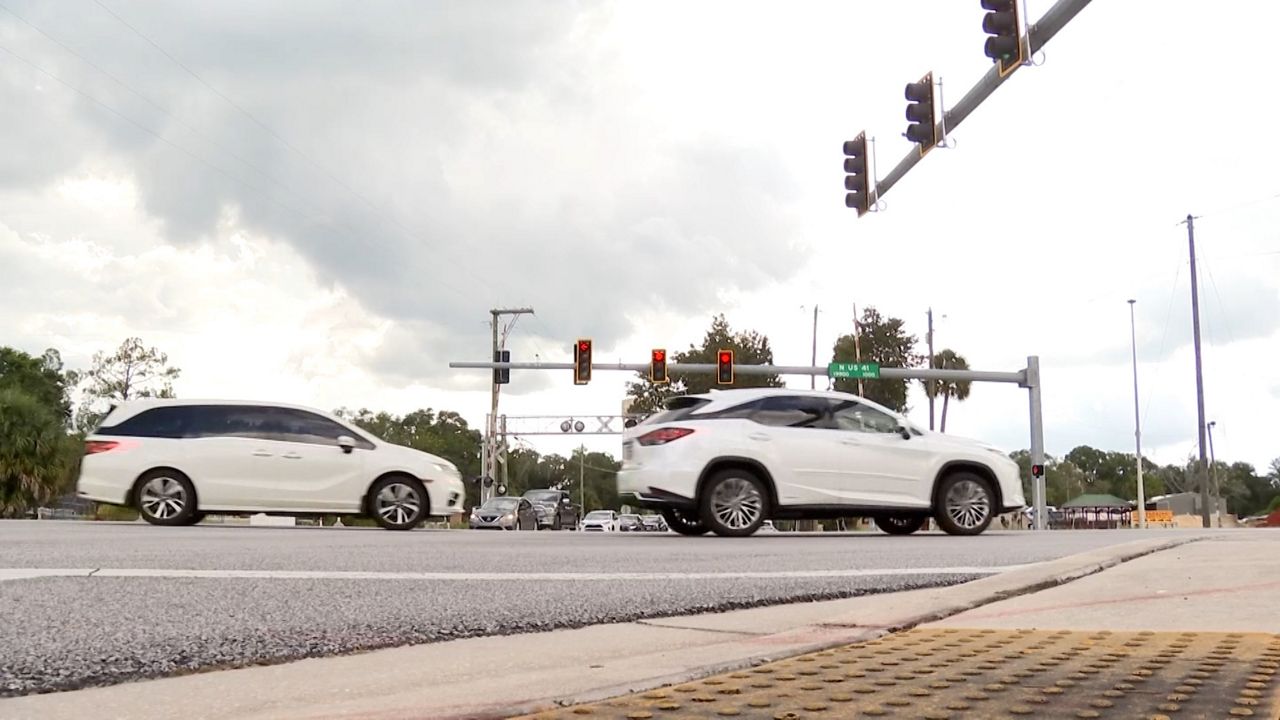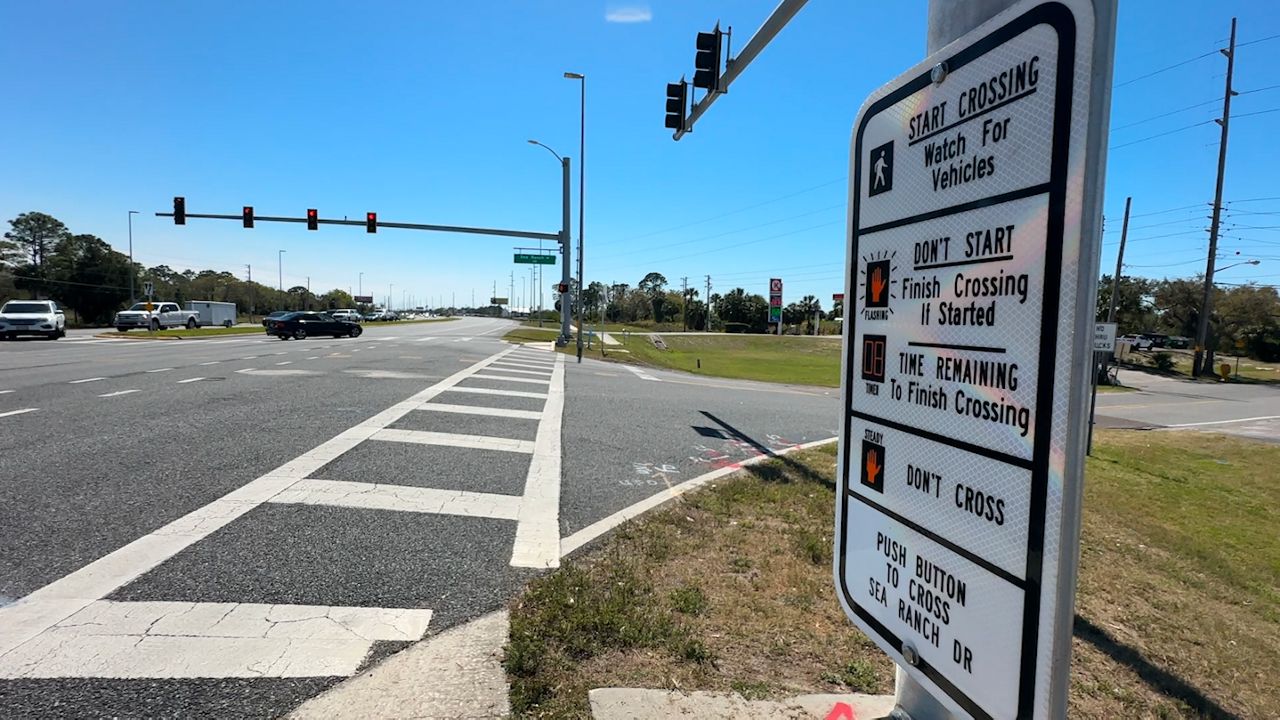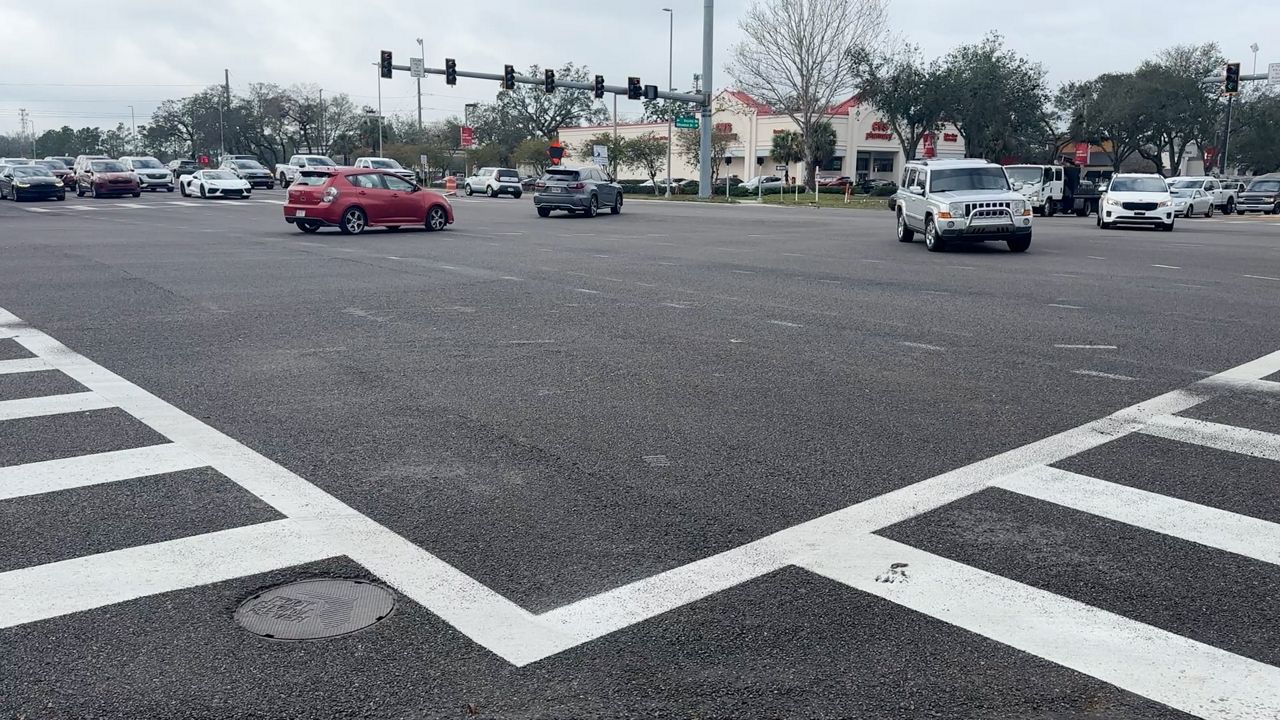TAMPA, Fla. — The city of Tampa is unveiling new “quick build” projects to help improve road safety.
The latest involves new bike lanes and parking along Avenida de Cuba (14th Street) in Ybor City. They are part of Tampa’s Vision Zero effort to eliminate road fatalities.
Cycling advocate Christine Acosta says it’s a welcome change.
“They are an absolute game changer,” Acosta said in an interview. “Anybody can use them comfortably. It doesn’t matter if you’re a sports cyclist, biking to work, if you’re on a scooter. Everybody’s comfortable. All ages. All abilities.”
Acosta is a board member for Walk Bike Tampa, a nonprofit dedicated to road safety for bicyclists and pedestrians. Cycling through Tampa is something she wishes more residents felt safe doing.
“It’s really important that people are able to bike in our city as one option to get to work, to get to school, as a real modal option,” Acosta.
She’s hopeful these “quick build” projects will help make that a reality.
The new bike lanes on Avenida de Cuba are one example. They go from Columbus Drive to Lake Avenue in the V.M. Ybor Neighborhood, which has been a dangerous stretch in the past.
There’s also added street parking, which solves two issues at once.
“A really great growing trend in the U.S. is to create bicycle lanes that have car parking on the outside,” Acosta explained. “Parked cars add to the safety and security that people on bikes feel because it’s creating that extra barrier.”
The city of Tampa calls projects like this “quick build,” because they can improve safety at a relatively low cost.
Alex Henry, Tampa’s Vision Zero Team Leader, said in a video released by the city that a lot can be done with paint, signs and new pavement markings to make an area safer.
“It’s a way for the Mobility Department to get in there and make some really important, high-impact changes with our relatively limited budget in a relatively limited time frame,” Henry said.
The city is paying for these projects with grant money from the U.S. Department of Transportation’s new Safe Streets For All program, which the city was awarded earlier this year.
Find additional information on Tampa's quick build projects.









